

This edition first published in 2018 by New Page Books, an imprint of
Red Wheel/Weiser, LLC
With offices at:
65 Parker Street, Suite 7
Newburyport, MA 01950
www.redwheelweiser.com
www.newpagebooks.com
Copyright 2018 by Phillip Barlag
All rights reserved. No part of this publication may be reproduced or transmitted in any form or by any means, electronic or mechanical, including photocopying, recording, or by any information storage and retrieval system, without permission in writing from Red Wheel/Weiser, LLC. Reviewers may quote brief passages.
ISBN: 978-1-63265-132-7
Library of Congress Cataloging-in-Publication Data Available Upon Request.
Cover design by Joanna Williams
Large Piazza Navona photo by Emicristea/dreamstime
Colosseum photo by vaivirga/shutterstock
Scala Sancta photo by Aleksandr Stepanov/dreamstime
Ara Pacis museum photo by Giuseppemasci/dreamstime
Forum of Augustus photo by Iainhamer/dreamstime
Spine and back cover images courtesy of the author
Interior by PerfecType, Nashville, Tennesse
Typeset in Fairfield LT Std and Myriad Pro
Printed in Canada
MAR
10 9 8 7 6 5 4 3 2 1
www.redwheelweiser.com/newsletter
For Erin. Where you are Gaia, I am Gaius.
CONTENTS
PREFACE
I first went to Rome in early 2003. My wife and I had been married for just over a year, and had taken advantage of a deeply discounted airline fare. Our tickets were $330 for a round trip. A dollar more and we couldn't have afforded it; like so many newlyweds, we were broke.
When we landed at the airport, we took a train to Termini station. As the train approached the city, it slid through a gap in a massive ancient wall. I was awestruck. It was one thing to see the wall from either side, but by passing through it, we got a unique look at how massive this structure was. I wanted to know more. After asking around, I was told that these were the Walls of Aurelian.
Who was Aurelian?
I'd heard of Marcus Aurelius. Was that the same person? It occurred to me that I knew the Roman Empire had dominated what is now Europe for a long time. I had heard of Caesar, Nero, Caligula, and Constantine, but knew very little about them. The name Caesar Augustus rang a bell; was this the same as Caesar? There was a lot to learn.
I loved Rome; we had an amazing time. We walked countless miles every day, crisscrossing the city, taking in as much as we could. There was greater depth to the history of the city and its people than I could have imagined. My knowledge needed some augmentation. I vowed that if I ever returned, then I would be well-prepared.
That first trip sparked an interest in Roman history that I carry to this day. I have learned a lot about the city, the people, and the Empire. The more I learned, the more I found myself saying, I wish I had known that when I was in Rome!
This book is written to provide stories, ideas, and secrets that will make a trip to Rome more enjoyable, vivid, and satisfying. I have endeavored to write the book I wish I'd had for myself before my first trip to Rome. This book is not only for first-time visitors, but also to help anyone revisiting Rome have an even greater appreciation of what awaits.
I've been back to Rome several times. No matter how much I think I know, I always learn more, experiencing the city anew. Rome is known as the Eternal City; it's an appropriate moniker. Whether someone is going for their first time or their hundredth, there's always something awaiting discovery. All that's needed is knowing where to start.
INTRODUCTION
E very trip to Rome is special. No matter how many times someone has been there, nothing compares to the feeling you get when you arrive in the city and look around. It's magnificent ... and overwhelming.
Think of Rome as a sprawling, outdoor museum. Within this museum there is a special exhibition: the sights of ancient Rome. Any good museum curates its collections to tell a distinct story. Nothing has a need for curation like a trip to Rome.
This book is a way to have a curated experience in Rome, with each chapter covering a different period of Rome's history, brought to life through the places and buildings of the city. There's something special about standing next to a monument and knowing the contextnot just who built it, but why.
There are twelve chapters to this book. Each chapter is divided into three sections. The first is a close look at the history of a building or monument. The second is a guide to a few close-by dining options, as well as web-sites for travel information (hours, admission fees, and so on). The third takes a quick look at another building that continues the story before moving on.
This book will use the Colosseum as a point of common reference for walking and travel times. The Colosseum is in the middle of all of Rome's landmarks and, should anyone ever get lost, any local can help you find your way back there. All sections will give you walking times from the Colosseum, as well as the closest Metro station. A good, laminated street map would greatly aid your time in Rome (the Borch map is excellent, as is Michelin's). Some monuments have their own websites and phone numbers. Others point visitors to a centralized tourist information line. Dining options are rated on a one to three dollar sign scale.
This book is organized chronologically, not geographically. Some places are close to one another; others further afield. If you visit the buildings in the order they appear, then you will find yourself crisscrossing the city. This can be rewarding, giving the traveler the chance to make their own discoveries at points in between.
One way to use this book is to read each section before you visit the building. Another is to read all the chapters and then decide what you want to see for yourself. Yet a third is to pull it out when you arrive at any of the locations. For those who would like to dive deeper into the history of ancient Rome, there is a comprehensive bibliography to spur ideas for further reading.
Whether you are planning a trip to Rome, already there, or just interested in the city's history, I hope you enjoy this book and find it helpful.
Let's get started.

CHAPTER 1

Via Sacra
A ll roads lead to Romeor so the saying goes. What is now a way of saying, There are many ways to get to the same outcome, was once much closer to literal truth.
The idea of empire is so deeply associated with ancient Rome it is sometimes difficult to remember a time before empire, a time when Rome was just one ambitious and expansionist city on a continent of ambitious and expansionist cities.
Nothing tells the story of the rise of Rome, from its mythological founding at the teats of a wolf mother to its glorious empirical heights than its roadsand one road in particular, the Via Sacra, or Sacred Way, may tell the legend best.
Let us begin with those first Romansthe twins Romulus and Remus. After being abandoned in a basket by the Tiber River by their mother, they were suckled by a benevolent she-wolf. There they were found by a kindly shepherd and his wife, who raised them until becoming aware of their origins. It turns out that Mom was a priestess and the daughter of a deposed king of a nearby city. Once the twins figured out their regal connection, they helped their grandfather reclaim his throne, then set out to create a kingdom of their own.
Next page
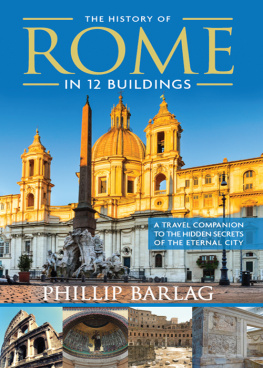

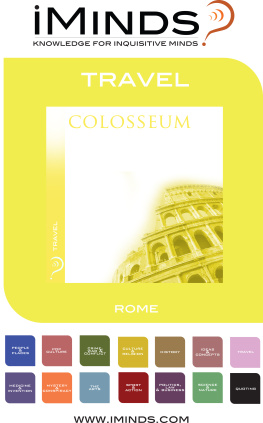

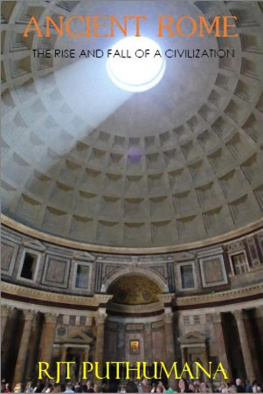
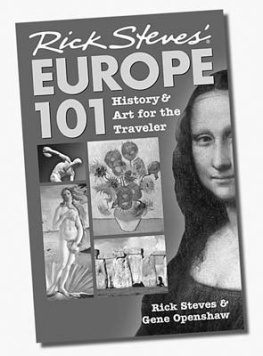
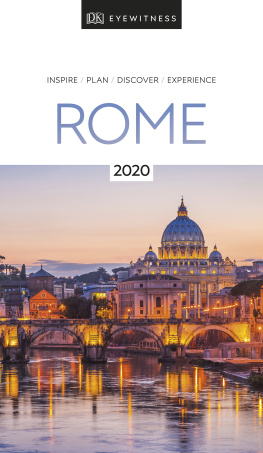
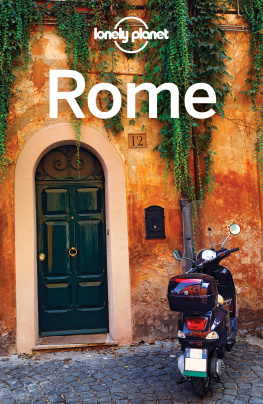
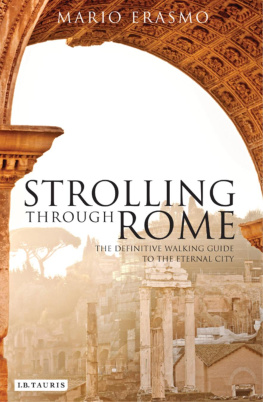
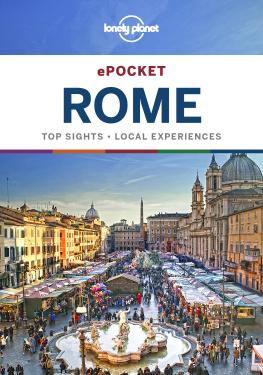
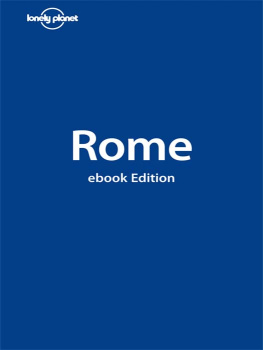
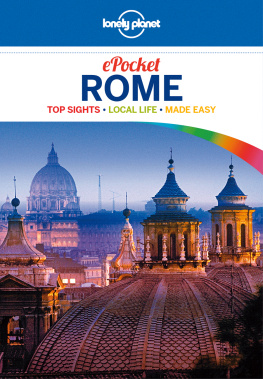



 CHAPTER 1
CHAPTER 1